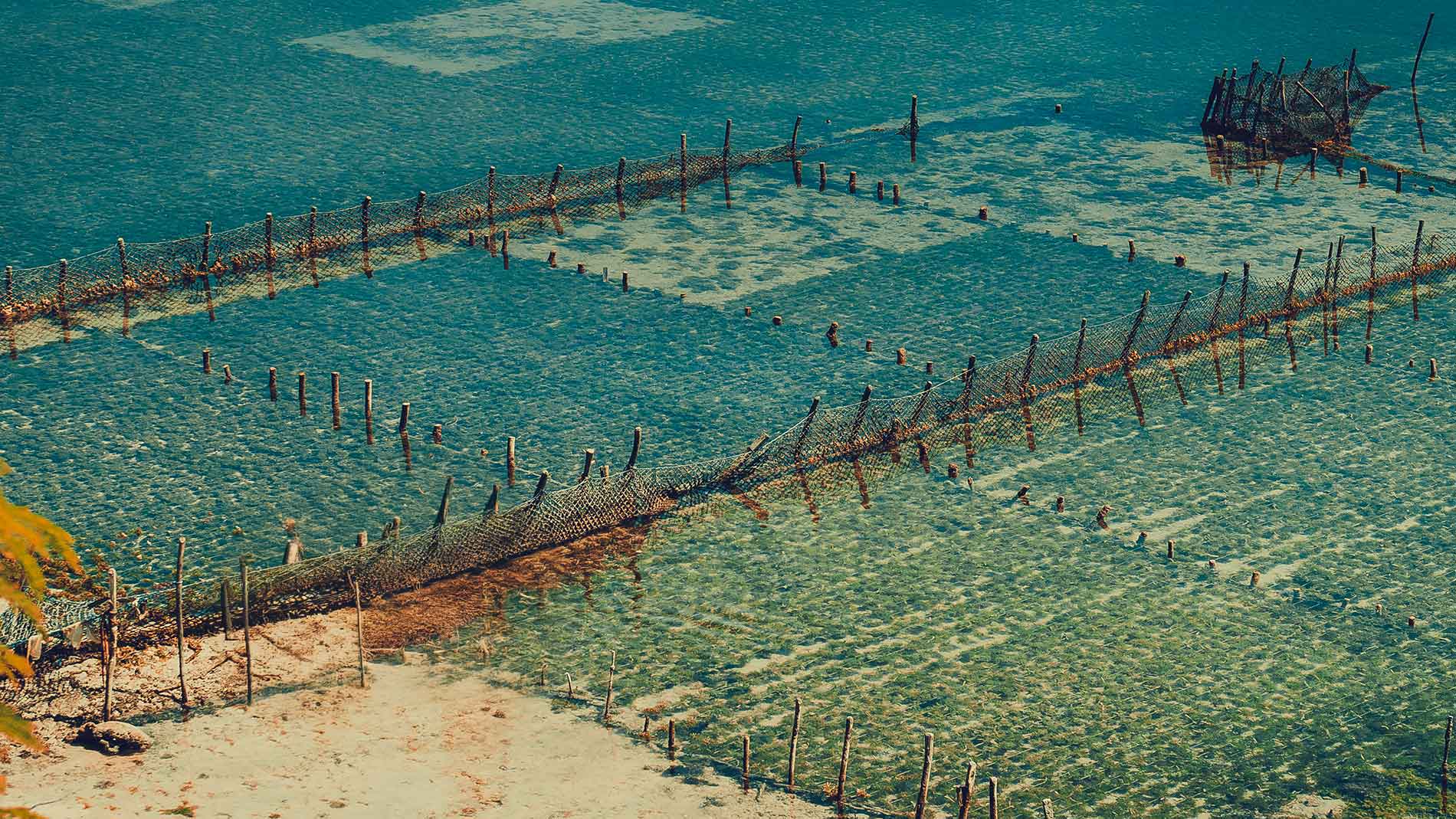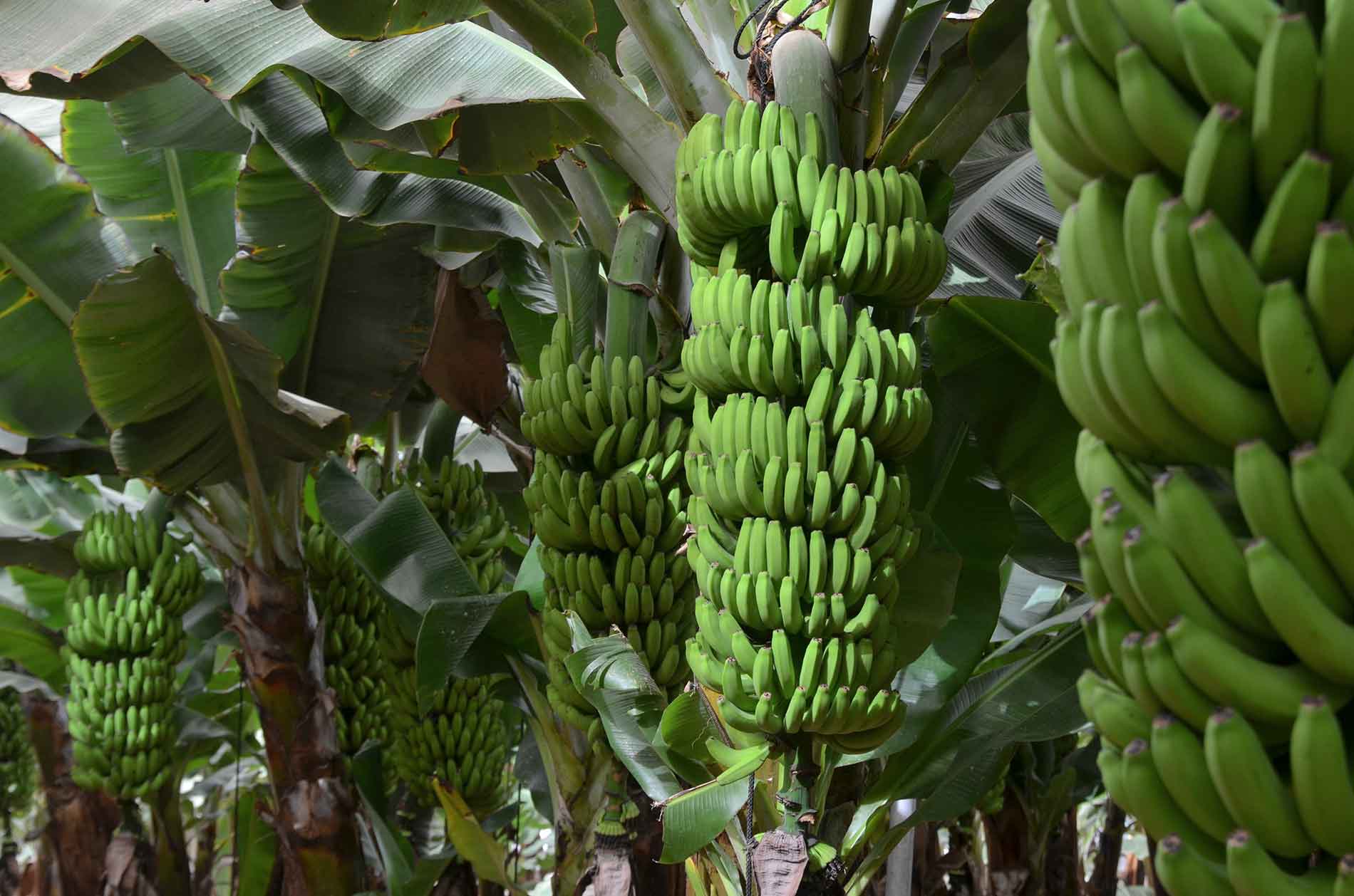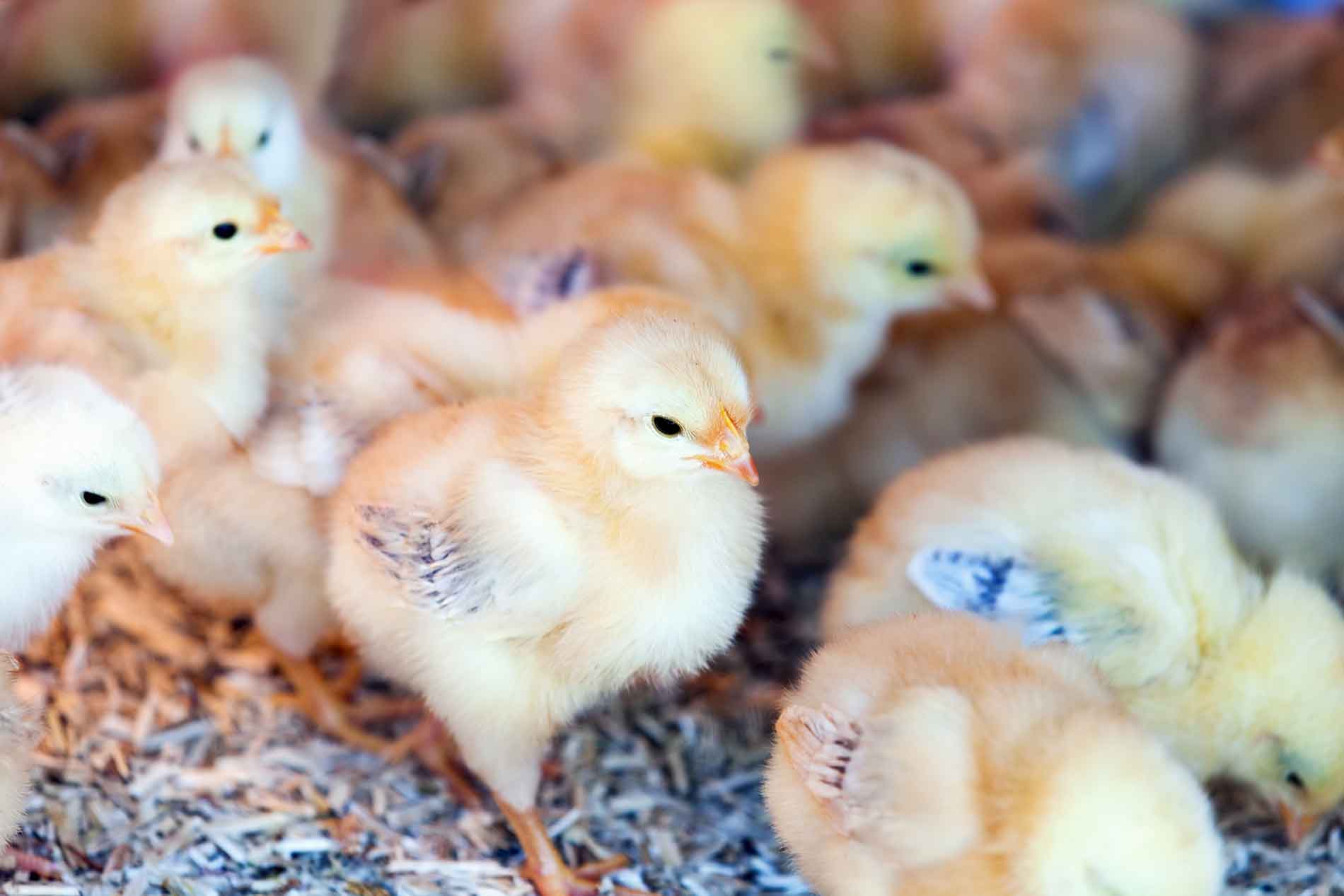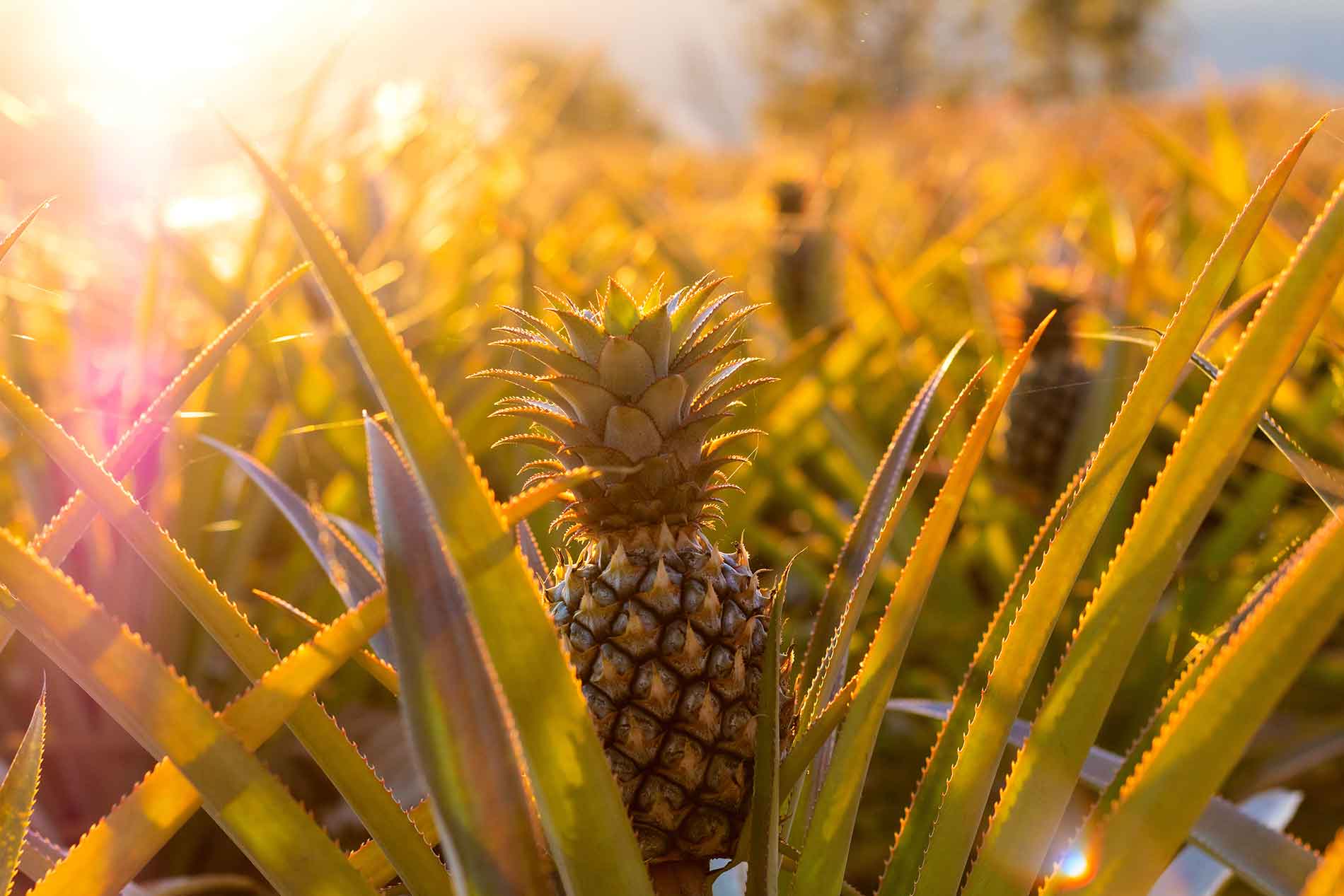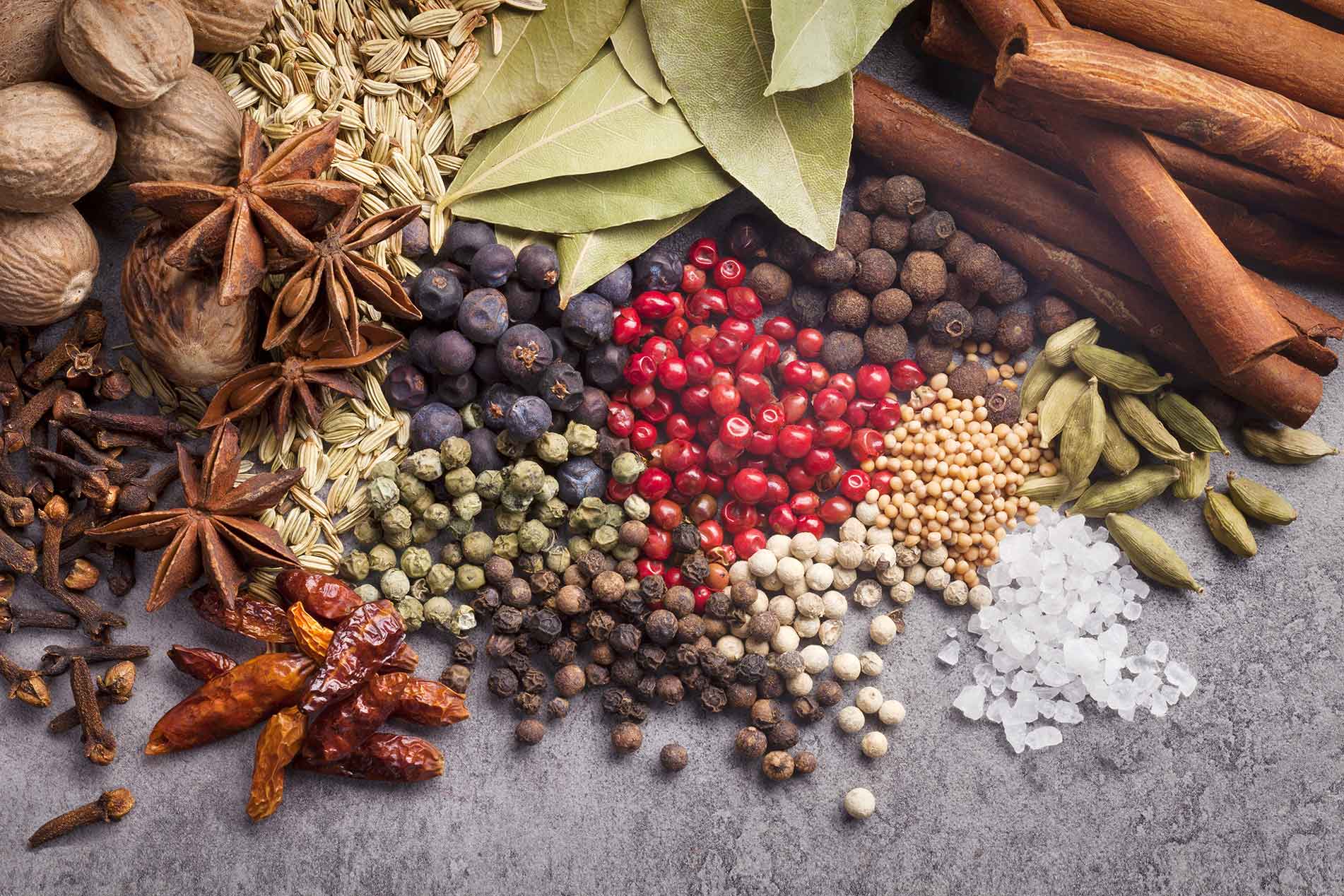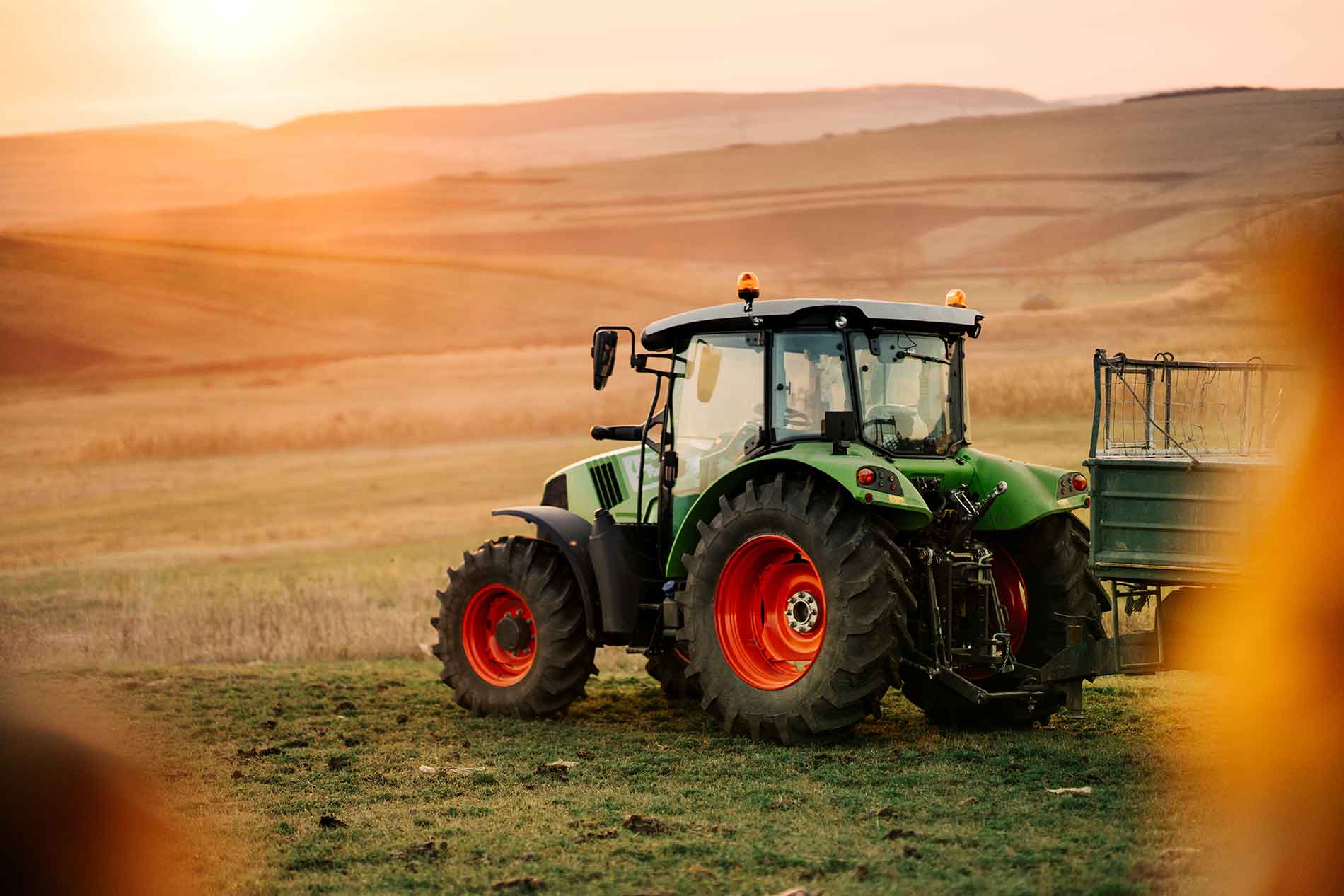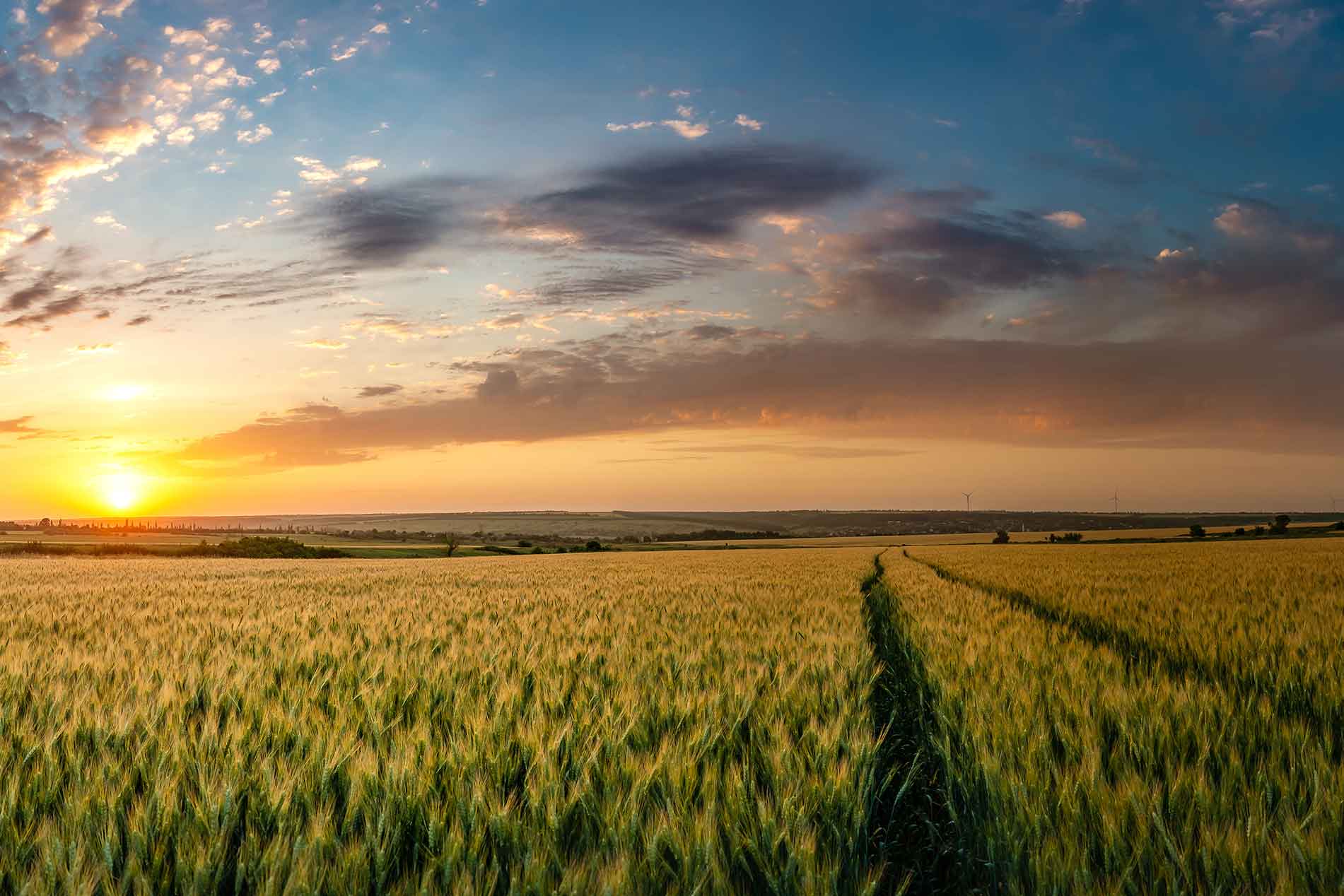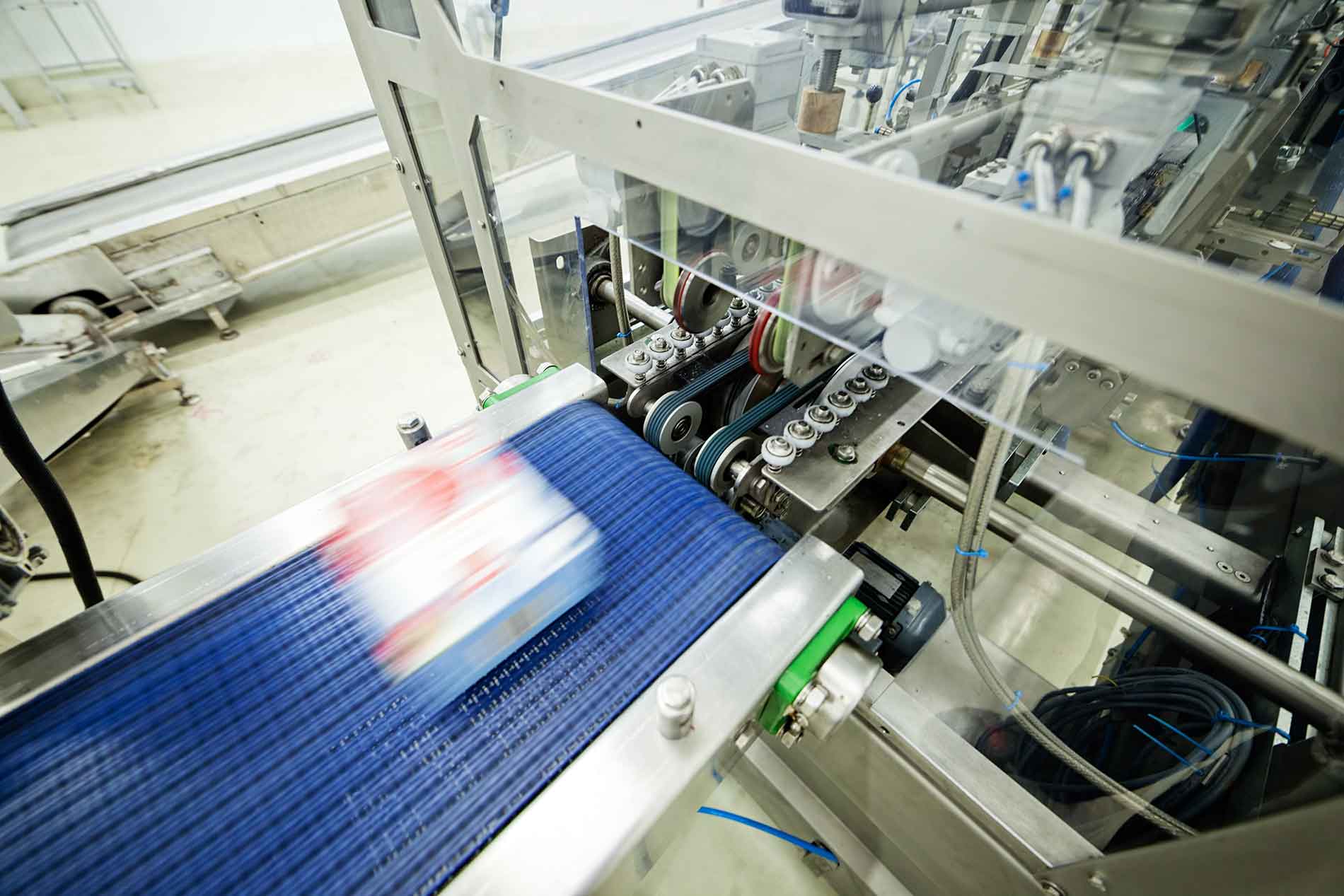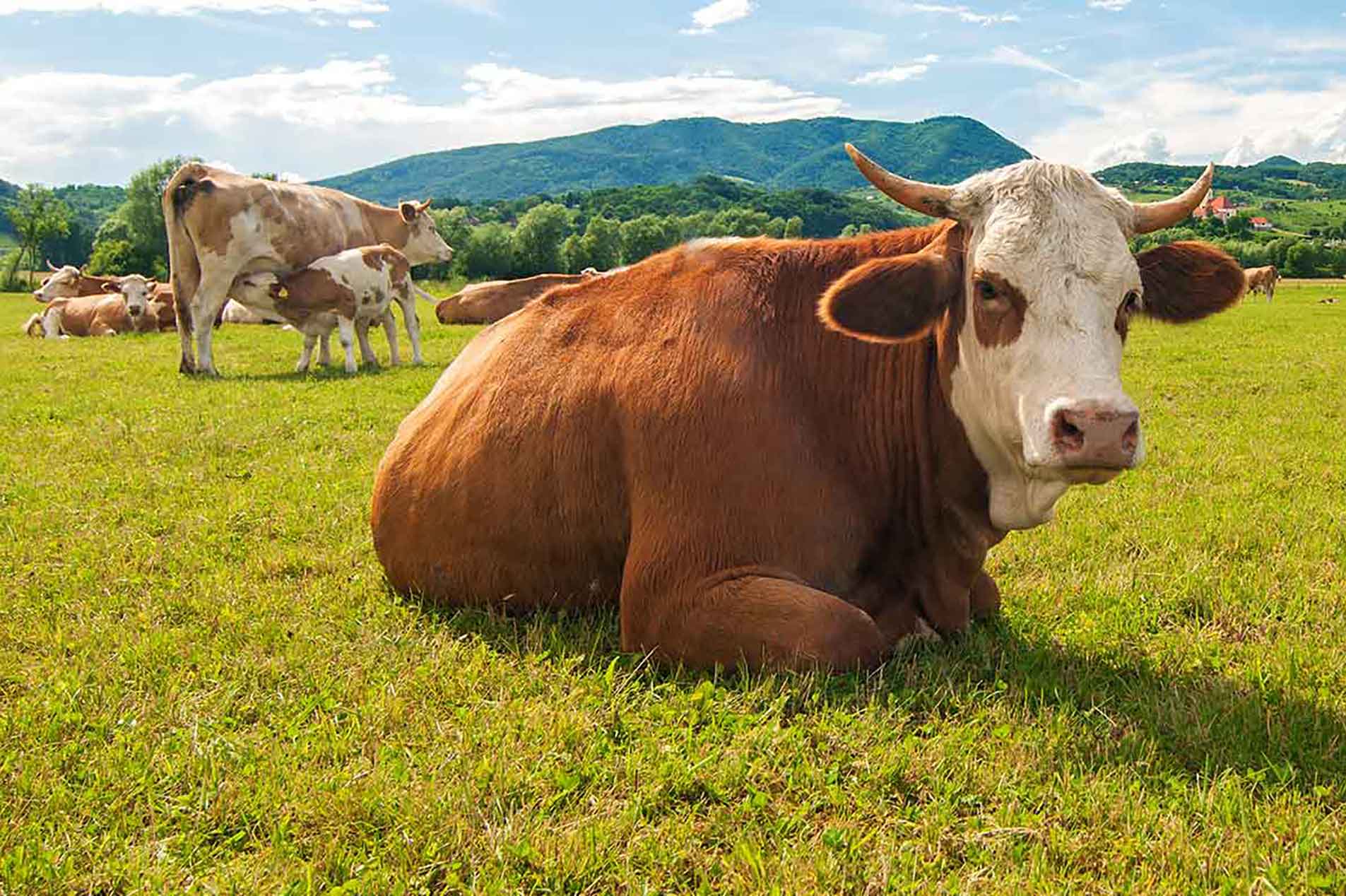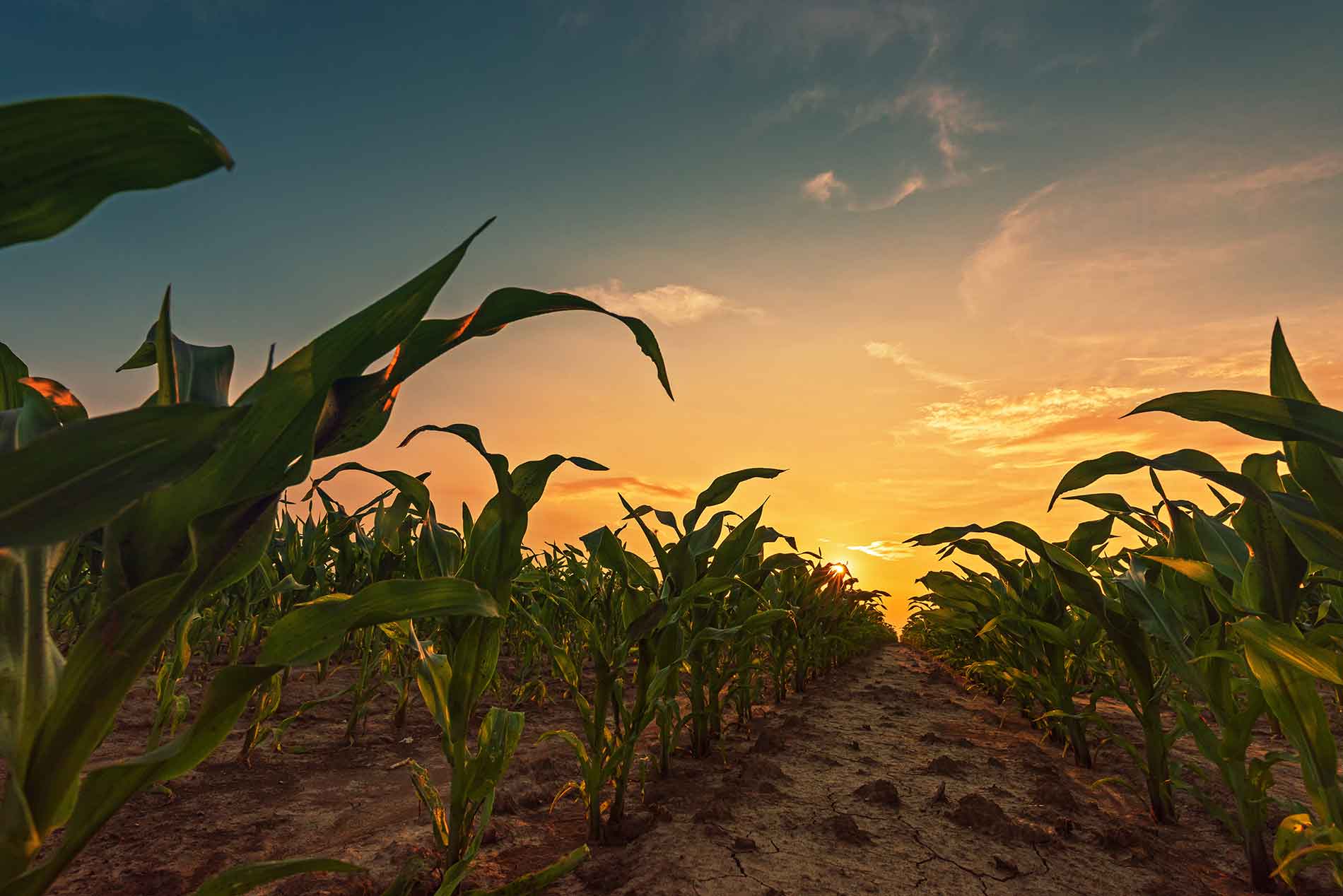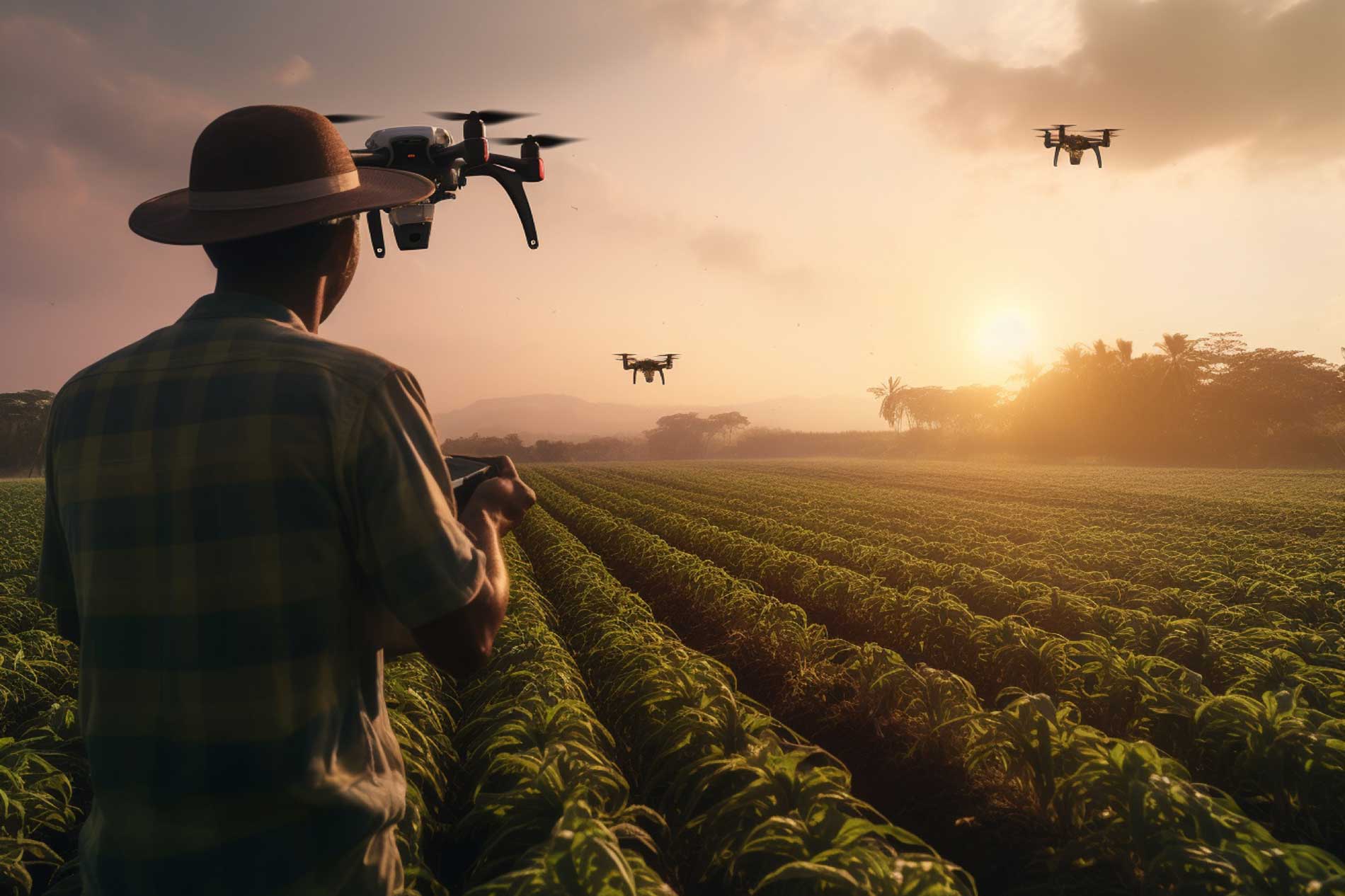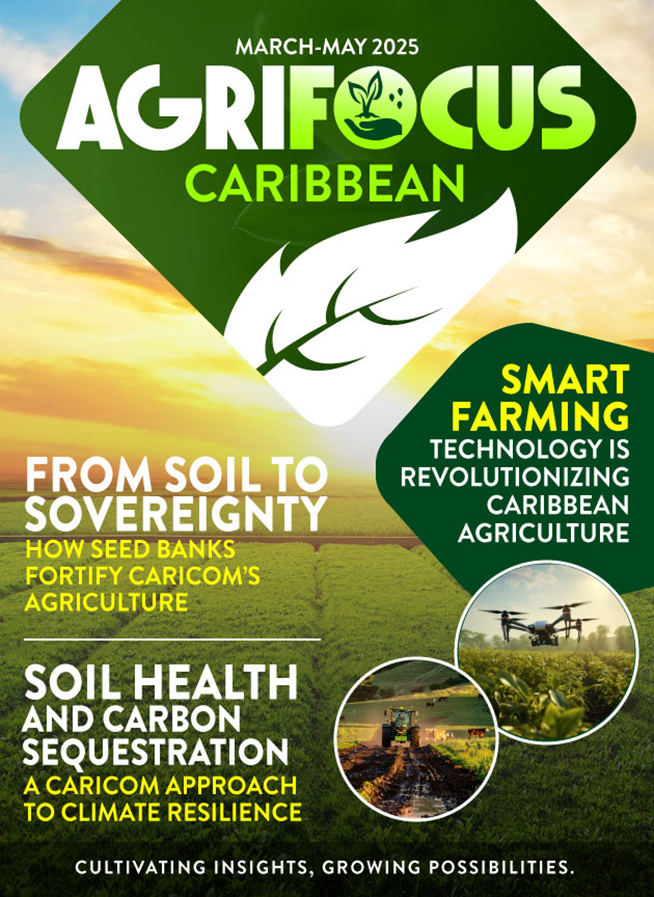How Seaweed Farming, Aquaculture, and Sustainable Fishing Methods Can Bolster Coastal Communities and Markets
Coastal regions have historically played a central role in the food systems and economies of Caribbean states. Fishing, maritime trade, and coastal tourism are integral to many island nations’ gross domestic product (GDP). For centuries, fisheries provided reliable protein sources to local populations. However, significant changes in climate, economic globalization, pollution, and overfishing threaten the stability of marine ecosystems. According to the Food and Agriculture Organization of the United Nations (FAO, 2018), over 30% of global fish stocks are overexploited or depleted, a trend that resonates within Caribbean waters. As these resources become more uncertain, forward-thinking strategies are needed to meet food security goals while maintaining marine biodiversity and supporting community livelihoods.
In addition to traditional capture fisheries, new and improved methods of coastal and marine agriculture are emerging. Seaweed farming, sometimes referred to as algaculture, has become one of the fastest-growing segments of global aquaculture. Aquaculture itself—encompassing fish farming, shellfish farming, and other forms of aquatic animal husbandry—has gained enormous traction worldwide, with Asia historically leading in production. Meanwhile, sustainable fishing practices, including gear modifications and area-based management, offer pathways to preserve fish populations while meeting local and international demand.
The Caribbean can leverage these trends by aligning them with the region’s specific marine conditions and cultural preferences. This approach requires collaboration among government agencies, private sector investors, local fishers, and international organizations. The goal is to provide jobs, bolster local economies, protect marine environments, and preserve essential cultural traditions linked to the sea. In this article, we investigate the potential of seaweed farming, aquaculture, and sustainable fishing in Caribbean coastal communities, drawing on verified data and real-world examples. By doing so, we highlight a future where coastal and marine agriculture can fortify food systems and galvanize sustainable economic growth.
The Significance of Coastal and Marine Agriculture in the Caribbean
The Caribbean, with the vulnerability to climate change, natural disasters, and external economic shocks, such as hurricanes and prolonged droughts, can devastate crop yields and livestock. In this context, the coastal zone emerges not only as a space for fisheries but also as a strategic platform for diversified agricultural activity.
The strategic pivot toward marine-based agriculture recognizes the benefits of tapping into natural features, including extensive coastlines, warm tropical waters, and the region’s historically rich biodiversity. Coastal and marine agriculture can create economic opportunities that are less land-intensive and, in some cases, require fewer inputs such as fertilizers and freshwater resources. For instance, many species of seaweed grow rapidly under suitable conditions without needing large amounts of freshwater or synthetic fertilizers (World Bank, 2016). Similarly, certain aquaculture systems can be designed to reduce reliance on wild fish stocks for feed, and sustainable fishing methods can help replenish depleted stocks.
Investing in coastal and marine agriculture also aligns with global efforts to meet the United Nations Sustainable Development Goals (SDGs). Specifically, SDG 14 (Life Below Water) and SDG 2 (Zero Hunger) highlight the importance of using marine resources sustainably to combat food insecurity. For the Caribbean, cultivating a robust coastal and marine agriculture sector provides a vehicle for simultaneously achieving these goals by diversifying incomes, enhancing nutrition, and preserving marine ecosystems.
Seaweed Farming: A Growing Opportunity
Seaweed farming, also known as algaculture, is one of the most promising growth areas in marine agriculture worldwide. Multiple species of seaweed are cultivated for food, fertilizer, cosmetics, and other industrial applications. Seaweeds such as Gracilaria, Eucheuma, and Kappaphycus are commonly farmed in tropical and subtropical regions, which positions the Caribbean favorably for expansion into this market (FAO, 2020).
The Economic Potential of Seaweed in the Caribbean
The global seaweed market is valued at over USD 15 billion, with an expected annual growth rate of 9–10% (Allied Market Research, 2021). Although Asia dominates production, the Caribbean is increasingly recognized for its seaweed farming potential, both in terms of volume and product diversification. Carrageenan, a thickening agent derived from certain red seaweeds like Eucheuma, is widely used in the food industry, offering Caribbean producers a potentially lucrative export channel. Additionally, local demand for seaweed-based products, including beverages and nutritional supplements, is on the rise as health-conscious consumers seek organic and nutrient-rich options.
Seaweed Farming Techniques
Small-scale seaweed farms typically employ rope or net-based systems. Young seedlings, often grown in nurseries, are attached to ropes suspended in shallow coastal waters with consistent currents. In some cases, floating rafts can be used. These methods keep seaweeds at optimal depth for sunlight and nutrient availability while minimizing fouling. The initial capital costs can be relatively low, making it feasible for smallholder farmers or fishing communities to convert or diversify into seaweed production (FAO, 2020). The short cultivation cycle—usually two to three months—allows for multiple harvests per year, accelerating income generation.
Environmental Benefits
Seaweed absorbs carbon dioxide (CO₂) through photosynthesis, which can help mitigate local ocean acidification and serve as a form of carbon sequestration (Duarte et al., 2017). Moreover, seaweed farming requires no land, freshwater, or chemical inputs such as pesticides or fertilizers. This minimal environmental footprint is especially attractive for Caribbean nations grappling with limited arable land and the imperative to preserve biodiversity. By creating structured habitats, seaweed farms can also boost local marine life, offering nursery grounds for fish and invertebrates. However, to avoid ecological imbalances, site selection and species choice must be carefully managed to ensure that non-native seaweeds do not displace local flora.
Key Challenges and Research Gaps
Although seaweed farming has enormous potential, certain constraints limit its adoption. One challenge is market volatility, where global seaweed prices can fluctuate. Another issue is the availability of processing facilities. Seaweed often requires drying, milling, or extraction processes to convert raw material into marketable goods. In many Caribbean nations, infrastructure for value-added processing is underdeveloped. Research on local seaweed species, including how they adapt to various salinities and nutrient levels, remains limited. Expansion plans must incorporate robust scientific studies to ensure species are selected and farmed responsibly. These challenges highlight the need for supportive government policies, public-private partnerships, and investments in research to make seaweed farming a stable, profitable, and ecologically responsible industry in the region.
Aquaculture and Its Role in Coastal Resilience
Aquaculture—the farming of fish, crustaceans, mollusks, and aquatic plants—has become a global powerhouse in food production. For the Caribbean, aquaculture offers an avenue to reduce dependency on imported fish, alleviate pressure on overfished stocks, and generate employment. The FAO (2020) notes that aquaculture accounts for nearly half of the global fish supply, reflecting its growing significance in food security.
Aquaculture Systems in the Caribbean
Various aquaculture systems are available, each with distinct ecological footprints and economic potentials. Land-based systems can include ponds or raceways, often using freshwater resources. By contrast, marine-based aquaculture involves floating cages, net pens, or integrated multi-trophic systems (IMTA) where different species—such as fish, seaweed, and shellfish—are farmed together for enhanced resource efficiency. Marine-based aquaculture in the Caribbean often focuses on species such as cobia (Rachycentron canadum), red tilapia hybrids (Oreochromis spp.), and spiny lobster (Panulirus argus).
Integrated Multi-Trophic Aquaculture (IMTA)
IMTA is gaining attention as a sustainable approach in coastal waters. The concept is straightforward: species are chosen based on their roles within an ecosystem. Fish or shrimp at the top of the food chain are fed formulated diets. In proximity, shellfish species such as oysters or mussels filter the water to feed on excess nutrients. Seaweeds or seagrasses can also be integrated to absorb dissolved nutrients. This cyclical use of resources reduces waste and can lead to improved water quality (Chopin et al., 2012). IMTA systems can be especially beneficial in the Caribbean, where nearshore areas often contain nutrient-rich waters suitable for multi-species polyculture, and the mild climate allows year-round growth.
Socioeconomic Benefits
Aquaculture can diversify coastal economies by providing jobs in hatcheries, feed mills, processing plants, and export logistics. In Belize, for example, the shrimp farming sector employed hundreds of people directly and created thousands of indirect jobs in related industries (Caribbean Regional Fisheries Mechanism, 2019). In nations where rural underemployment is high, aquaculture offers a more stable, domestically controlled form of protein production and economic development. Additionally, local fish farming can counterbalance heavy imports of canned or frozen fish, often reducing foreign exchange outflows and improving trade balances.
Environmental Considerations
Aquaculture can pose risks if not managed correctly. High stocking densities, overuse of antibiotics, and nutrient discharges from fish cages can degrade water quality and threaten nearby coral reefs. Escapes of farmed species also present genetic risks to wild populations. Effective environmental management thus involves regulations on stocking densities, careful site selection to minimize damage to seagrasses or coral reefs, and rigorous disease control protocols (FAO, 2018). Governments in the Caribbean are increasingly implementing guidelines for environmental impact assessments, licensing, and monitoring to ensure responsible aquaculture practices. This regulatory approach must be coupled with education and capacity-building among farmers to reduce adverse impacts and maximize aquaculture’s contributions to climate resilience and economic growth.
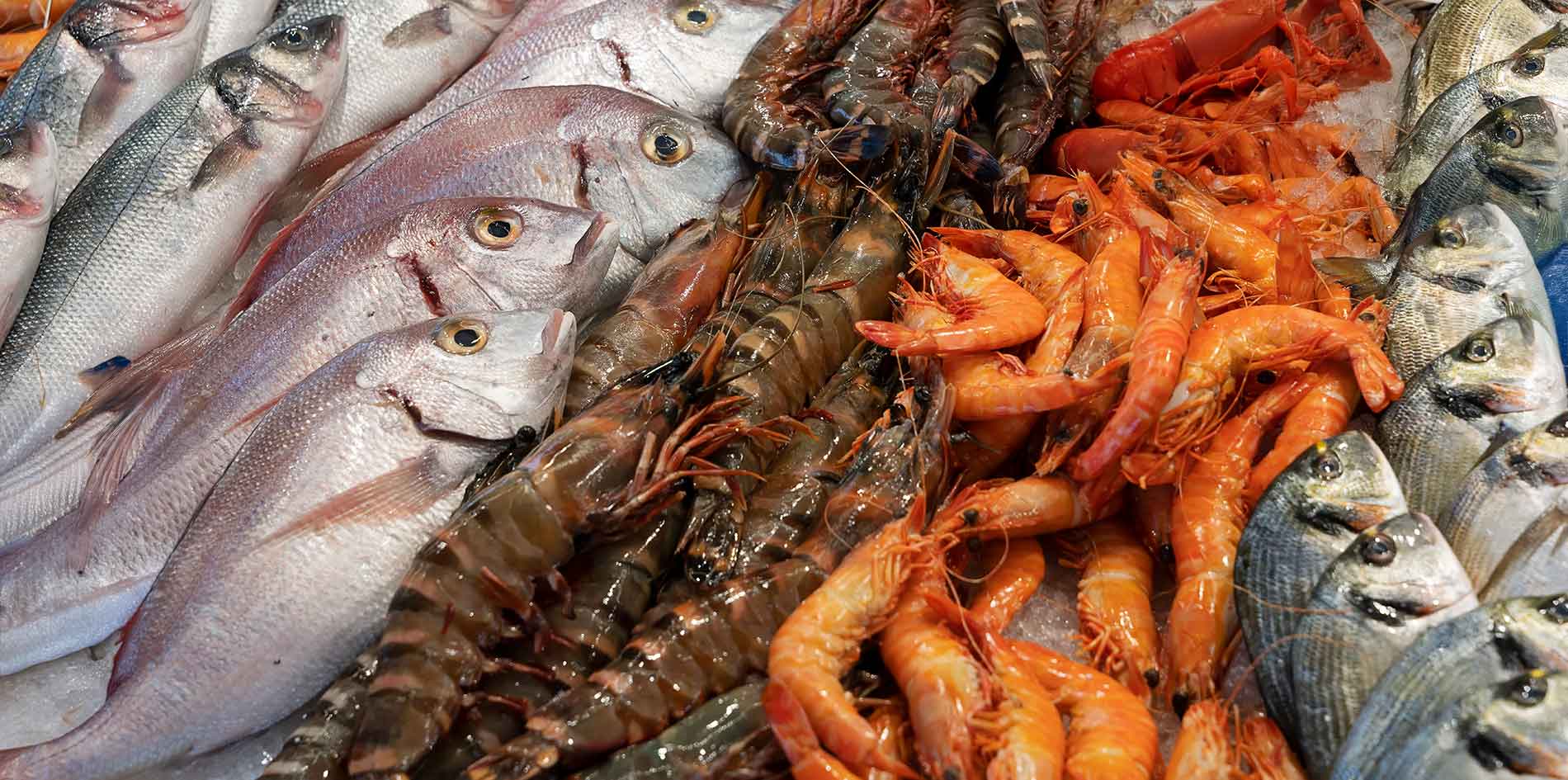
Sustainable Fishing Methods: Protecting Future Stocks
While seaweed farming and aquaculture offer alternative production pathways, capture fisheries remain integral to food security, cultural identity, and livelihoods throughout the Caribbean. Balancing the needs of fishing communities with the necessity of conserving marine biodiversity is a longstanding challenge. Overfishing, destructive gear usage, and illegal, unreported, and unregulated (IUU) fishing have undermined fish stock health in many Caribbean regions (CRFM, 2020). Sustainable fishing methods aim to protect fish populations, coral reefs, and associated ecosystems, thereby ensuring that future generations can continue to rely on marine resources.
Gear Modifications and Selective Fishing
Fishing gear modifications can significantly reduce bycatch—the unintended capture of non-target species, including juvenile fish, sea turtles, and marine mammals. Circle hooks, for example, can limit the bycatch of turtles in longline fisheries, while escape gaps in lobster traps can allow undersized lobsters to escape, ensuring they can mature and reproduce (NOAA, 2019). By promoting selective fishing gear, Caribbean governments and community cooperatives can help fishers maintain their livelihoods while lowering ecological impacts.
Seasonal and Area-Based Restrictions
Marine protected areas (MPAs), seasonal closures, and catch quotas are additional measures that can help rebuild depleted stocks. Establishing marine reserves allows fish populations to recover in key breeding and feeding grounds, often leading to spillover benefits in adjacent areas. For example, in some parts of the Mesoamerican Reef region shared by Mexico, Belize, Guatemala, and Honduras, protected zones have led to an increase in the biomass of commercially valuable species such as grouper and snapper (Healthy Reefs Initiative, 2020). Seasonal closures for species like the Nassau grouper (Epinephelus striatus) during spawning periods have demonstrated success in helping populations recover from near-collapse.
Community-Led Fisheries Management
Co-management is an approach that emphasizes shared responsibility between government agencies, scientists, and local fishing communities. By engaging fishers in the rule-making process, these programs foster a sense of stewardship that can lead to higher compliance rates. Community members contribute indigenous and local knowledge, such as spawning times and habitat preferences, which can be invaluable for setting effective regulations (CRFM, 2020). In turn, fishers gain a clearer understanding of why certain limits are placed, and they often exhibit increased willingness to follow sustainable fishing practices.
Case Studies: Caribbean Success Stories
St. Lucia Sea Moss Farming
One of the most cited examples of successful seaweed farming in the Caribbean is the sea moss industry in St. Lucia. Sea moss (Eucheuma cottonii) is cultivated in shallow, sheltered bays around the island. Originally introduced in the 1970s, sea moss farming has grown significantly due to strong local and regional demand for sea moss-based beverages and health supplements (Government of St. Lucia, 2021). Farmers typically use simple rope technologies to suspend the sea moss in the water column, ensuring optimal sunlight exposure. The industry now supports hundreds of small-scale farmers, contributing to local livelihoods while providing a globally marketable product.
Integrated Shrimp Farming in Belize
Belize pioneered integrated shrimp farming practices with low environmental impact protocols. Several farms worked with environmental NGOs and international certifiers to adopt methods that reduced effluent discharge and preserved mangrove habitats (WWF, 2019). By adhering to rigorous standards, some Belizean shrimp farms obtained international certification and gained access to high-value export markets in the United States and Europe. These reforms also benefited the local ecology; water quality in nearby estuaries improved, while mangrove reforestation projects provided additional nursery habitats for wild fish stocks (CRFM, 2019).
Community-Led Fisheries Management in Barbuda
Barbuda, part of the twin-island nation of Antigua and Barbuda, established a communal approach to fisheries management that included a locally managed marine reserve, gear restrictions, and seasonal closures. The initiative emerged from concerns about declining conch and lobster populations—two staples of the local fishery. Community members worked with government officials and scientists to set catch limits and designate a no-take zone in key spawning habitats (Blue Halo Initiative, 2018). After several years, fishers reported larger catches and bigger lobsters in areas outside the reserve, suggesting that spillover effects helped replenish the fishery while preserving livelihoods.
Environmental and Socioeconomic Impacts of Coastal and Marine Agriculture
Reef and Habitat Conservation
Well-managed coastal and marine agriculture can serve as a tool for habitat restoration. Seaweed farms, for example, can stabilize sediment and create mini-ecosystems that support small invertebrates and juvenile fish. Meanwhile, aquaculture sites that employ polyculture can reduce the need for harmful chemicals and contribute to cleaner coastal waters (Chopin et al., 2012). Sustainable fishing methods directly protect reef habitats by reducing the pressure on reef fish and minimizing destructive practices.
Economic Growth and Job Creation
Marine-based agriculture and sustainable fisheries can generate diverse employment opportunities, from farming and processing to sales and export. In many Caribbean countries, tourism remains a significant employer, but it is subject to seasonal fluctuations and external shocks, as the COVID-19 pandemic demonstrated (Caribbean Tourism Organization, 2021). Coastal and marine agriculture can act as a stabilizing factor, providing continuous income streams and reducing vulnerability to downturns in visitor numbers.
Climate Change Resilience
Caribbean nations are on the front lines of climate change, facing stronger hurricanes, rising sea levels, and warming sea temperatures. Seaweeds, fish, and shellfish grown in aquaculture systems have varying degrees of tolerance to temperature and salinity changes. Well-planned programs can identify resilient species and practices to adapt to changing conditions (FAO, 2020). By diversifying food production, coastal and marine agriculture also mitigates the risks associated with terrestrial crop failures during extreme weather events. Additionally, seaweed cultivation and habitat restoration can help sequester carbon, although more research is needed on the long-term carbon sequestration capacities of different marine species (Duarte et al., 2017).
Challenges and Policy Frameworks
Despite the promise, coastal and marine agriculture faces logistical, financial, and regulatory hurdles in the Caribbean. Government support often lags behind the sector’s growth potential, with limited budget allocations for training, research, and infrastructure. Compounding this challenge is the need for stronger policy frameworks that regulate site selection, water quality, and species choice to prevent ecological harm.
Mariculture ventures require significant up-front investments in infrastructure such as cages, feed, and specialized equipment. Access to credit is frequently a barrier for small-scale fishers and farmers, who may lack the collateral needed for loans. Public-private partnerships can alleviate these capital constraints by fostering joint ventures that share risk and reward. In some cases, philanthropic organizations or impact investors interested in sustainable development might provide grants or low-interest loans to catalyze expansion.
Another critical component is capacity-building through extension services. While some countries maintain fisheries and aquaculture extension officers, the resources are often insufficient. According to a report by the Caribbean Regional Fisheries Mechanism (CRFM, 2020), many small island states need to expand professional training for fishers and aspiring aquaculturists to ensure they have the technical expertise to manage farms responsibly and profitably. Government-led vocational programs and partnerships with local universities can fill this gap, offering certifications in aquaculture management, fish health, and post-harvest processing.
Policy reforms must also address resource conflicts. As coastal zones become more crowded—accommodating tourism, real estate development, and conservation areas—stakeholders may clash over space and resource use. Marine spatial planning (MSP) is a tool that governments can employ to balance these competing interests. MSP involves mapping marine and coastal resources, identifying sensitive habitats, and designating zones for compatible uses. By allocating particular areas for seaweed farming, fish cage operations, or protected fishing grounds, MSP can reduce conflict and safeguard biodiversity.
Strategies for Future Expansion
The future expansion of seaweed farming, aquaculture, and sustainable fishing in the Caribbean hinges on integrated approaches that combine economic viability with ecological stewardship. Such strategies may include:
Developing Value-Added Products
Many seaweed and fish products can command higher prices when processed into more convenient or specialized forms. For instance, seaweeds can be processed into gels, powders, or extracts for the cosmetic and pharmaceutical industries. Similarly, fish fillets, smoked fish, or ready-to-eat seafood dishes can reach premium markets domestically and internationally. Encouraging entrepreneurs to tap into these niches can raise incomes for local farmers and fishers, although it requires investment in processing equipment and quality control labs (World Bank, 2016).
Enhancing Regional Cooperation
Collaborative regional platforms such as the Caribbean Community (CARICOM) and the Caribbean Regional Fisheries Mechanism (CRFM) can facilitate knowledge sharing, align standards, and negotiate better trade terms. For example, if multiple countries invest in a regional hatchery to supply juveniles or fry for aquaculture, each country can benefit from economies of scale. Similarly, harmonizing regulations on sustainable fishing gear and establishing region-wide bans on destructive fishing practices can help rebuild shared fish stocks more effectively (CRFM, 2020).
Investing in Research and Development
Universities and research centers in the Caribbean, often in partnership with international institutions, can spearhead studies on locally suitable seaweed strains, disease-resistant fish stocks, and innovative aquaculture systems. Data on ocean conditions, water quality, and species interactions need to be regularly updated to guide best practices. This research should be coupled with pilot programs and demonstration projects that showcase successful models of seaweed farming, aquaculture, and sustainable fisheries to encourage broader adoption.
Educational Campaigns and Consumer Awareness
Educating local populations about the health and environmental benefits of sustainably sourced marine products can drive consumer demand. Marketing campaigns that highlight the nutritional advantages of local seafood over imported, frozen options can shift purchasing habits and strengthen domestic markets. Empowering communities with knowledge about sustainable fishing practices and responsible consumption fosters a culture of stewardship, ultimately supporting resource conservation.
Building Resilience against Climate Variability
The frequency and intensity of extreme weather events are projected to increase. Coastal and marine agriculture operations must plan for storms, floods, and sea-level rise. Reinforcing infrastructure—such as installing storm-ready cages or mooring systems—and developing insurance products that protect farmers from catastrophic losses can reduce vulnerability. Governments can encourage best practices by offering financial incentives to operations that adopt resilience measures, such as raised platforms for seaweed drying or elevated hatcheries in safer locations.
Conclusion
Coastal and marine agriculture holds immense potential to transform food systems, economies, and community resilience in the Caribbean. By focusing on seaweed farming, aquaculture, and sustainable fishing practices, island nations and coastal regions can build more diverse and secure sources of income while preserving the critical ecosystems that underpin their cultures and livelihoods. However, realizing this potential requires careful stewardship, robust policy frameworks, and a commitment to research, education, and inclusive governance.
Seaweed farming shines as a minimally resource-intensive enterprise capable of delivering both economic returns and ecological benefits. Aquaculture, particularly when designed in integrated or polycultural systems, can produce large quantities of protein without overburdening wild fish stocks, yet it demands rigorous management to avoid environmental pitfalls. Sustainable fishing methods, meanwhile, are essential to restore and maintain wild populations in a region where overfishing and climate change have taken a toll on marine biodiversity. Together, these innovations exemplify a multipronged strategy that can shape a more resilient Caribbean.
International and regional collaborations, such as those facilitated by CARICOM and CRFM, are instrumental in scaling successful pilot projects, sharing best practices, and ensuring that the region speaks with a unified voice in global seafood markets. Investments in capacity-building, research, and infrastructure will broaden the scope of what is possible, while consumer education can ignite demand for sustainably produced marine products. Governments can catalyze growth by designing policies that encourage environmental responsibility, provide seed funding, and simplify licensing. Entrepreneurs and community-based cooperatives can benefit from these enabling conditions to expand their operations.
In a future shaped by climate uncertainties and evolving global markets, coastal and marine agriculture offers Caribbean nations a strategic avenue for adaptive, inclusive growth. By integrating ecological considerations with business viability, the region can pioneer models of marine resource management that serve as benchmarks for other coastal communities worldwide. As seaweed ropes flutter in the current, as fish swim in well-managed pens, and as fishing nets become more selective, the collective impact of these efforts points to a brighter horizon—one where the Caribbean’s coastal abundance fuels prosperity and sustains a delicate marine tapestry for generations to come.
Sources of Information
- Allied Market Research (2021). Global Seaweed Market Outlook.
- Blue Halo Initiative (2018). Barbuda Fisheries Management Project Overview.
- Caribbean Regional Fisheries Mechanism (CRFM, 2019 & 2020). Fisheries Reports and Policy Briefs.
- Caribbean Tourism Organization (2021). State of the Tourism Industry Report.
- Chopin, T. et al. (2012). “Multitrophic Aquaculture in Marine Systems,” Reviews in Aquaculture.
- Duarte, C. M. et al. (2017). “Can Seaweed Farming Play a Role in Climate Change Mitigation and Adaptation?,” Frontiers in Marine Science.
- FAO (2018, 2020). The State of World Fisheries and Aquaculture. Food and Agriculture Organization of the United Nations.
- Government of St. Lucia (2021). Sea Moss Production and Market Statistics.
- Healthy Reefs Initiative (2020). Report Card on the Mesoamerican Reef Ecosystem.
- Inter-American Institute for Cooperation on Agriculture (2021). Building Resilience in Caribbean Agriculture.
- NOAA (2019). “Circle Hook Efficacy in Reducing Bycatch,” National Oceanic and Atmospheric Administration.
- World Bank (2016). Seaweed Aquaculture for Food Security and Income Generation.
- WWF (2019). Sustainable Shrimp Farming Initiative in Belize.

